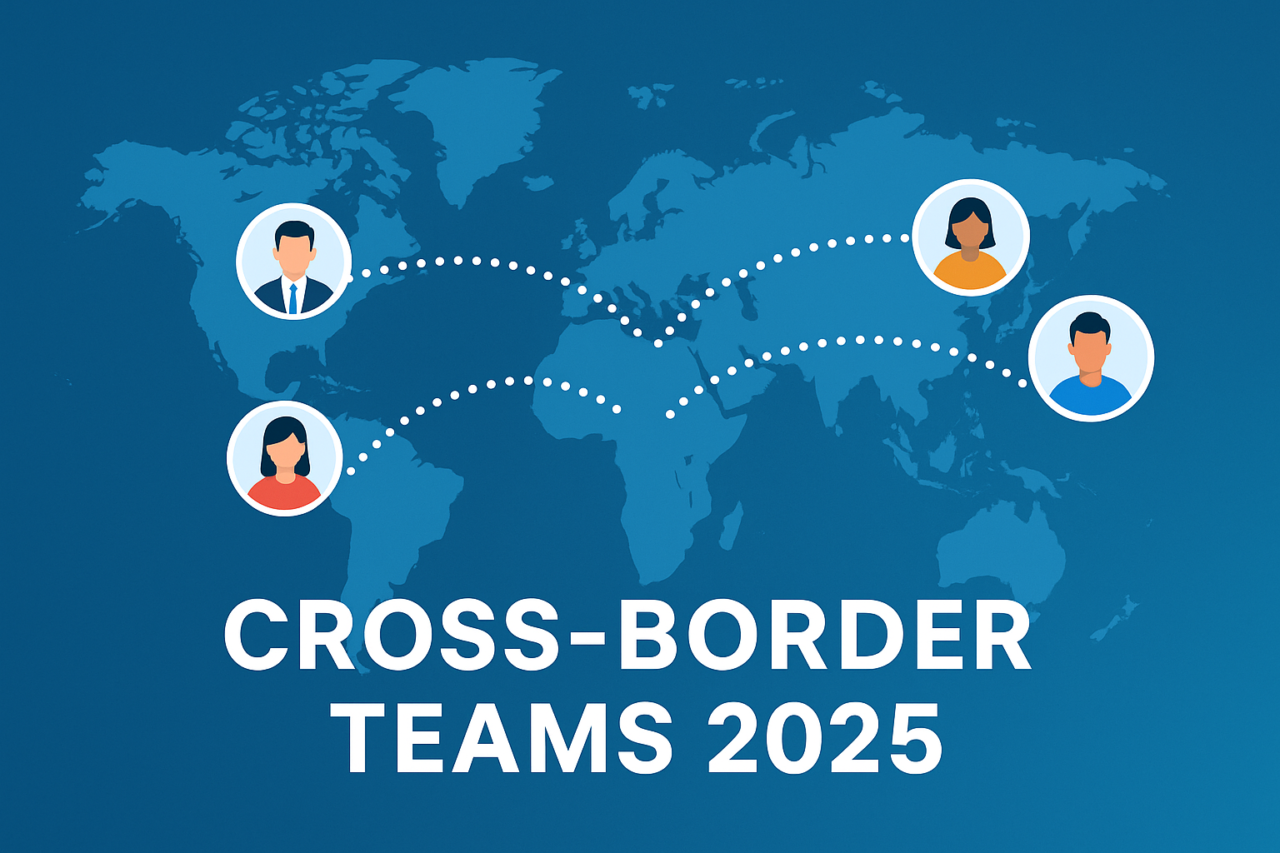The startup world is global. In 2025, building cross-border teams is no longer a trend — it’s a necessity. U.S. businesses face high local hiring costs and limited talent availability, so many founders now turn to offshore developers and remote specialists.
But success depends on how well you set up and manage these teams. Let’s break down the best practices for building cross-border teams in 2025 that deliver real results.
1. Hire for Strength, Not Just Cost
The first instinct is to hire offshore for savings — but cross-border teams shine when you balance cost with skills. For example:
-
India → deep pool of developers & engineers
-
Eastern Europe → strong product & design expertise
-
Southeast Asia → reliable support and operations talent
By mixing regions, you gain complementary strengths that go beyond price.
2. Set Clear Overlap Hours
Time zones can be an advantage if managed well. Define 3–4 hours of overlap for daily syncs and sprint reviews. The rest of the time, your offshore developers can focus on deep work.
This overlap ensures alignment without requiring everyone to be online 24/7.
3. Embrace Async Communication
Meetings drain productivity. The best cross-border teams run on asynchronous communication:
-
Use Slack/Teams for discussions
-
Loom for video updates
-
Jira/Notion for task tracking
Async culture reduces delays and helps teams work across different time zones.
4. Address Cultural Differences
Cultural diversity strengthens teams, but only if respected. Misunderstandings often happen due to different communication styles. To avoid friction:
-
Train teams on cultural awareness
-
Celebrate global milestones (Diwali, Thanksgiving, etc.)
-
Encourage open and transparent communication
These steps build trust and belonging.
5. Secure Your Data & IP
Security is often the top concern with offshore teams. To protect your business:
-
Sign NDAs and IP agreements
-
Limit access with role-based controls
-
Use compliance standards like GDPR and HIPAA
By securing your operations, cross-border teams can be as safe as local teams.
6. Partner With the Right Provider
Managing payroll, compliance, and contracts across countries can overwhelm startups. That’s why many U.S. founders partner with firms like AcquireX, which helps set up offshore development centers, manage HR, and ensure compliance.
This way, your cross-border team feels like an extension of your in-house staff.
The Bottom Line
In 2025, cross-border teams aren’t a backup option — they’re the future of work. By hiring strategically, embracing asynchronous communication, respecting cultural diversity, and securing operations, startups can unlock the full potential of global talent.
With partners like AcquireX, U.S. businesses don’t just cut costs — they gain a global edge.


